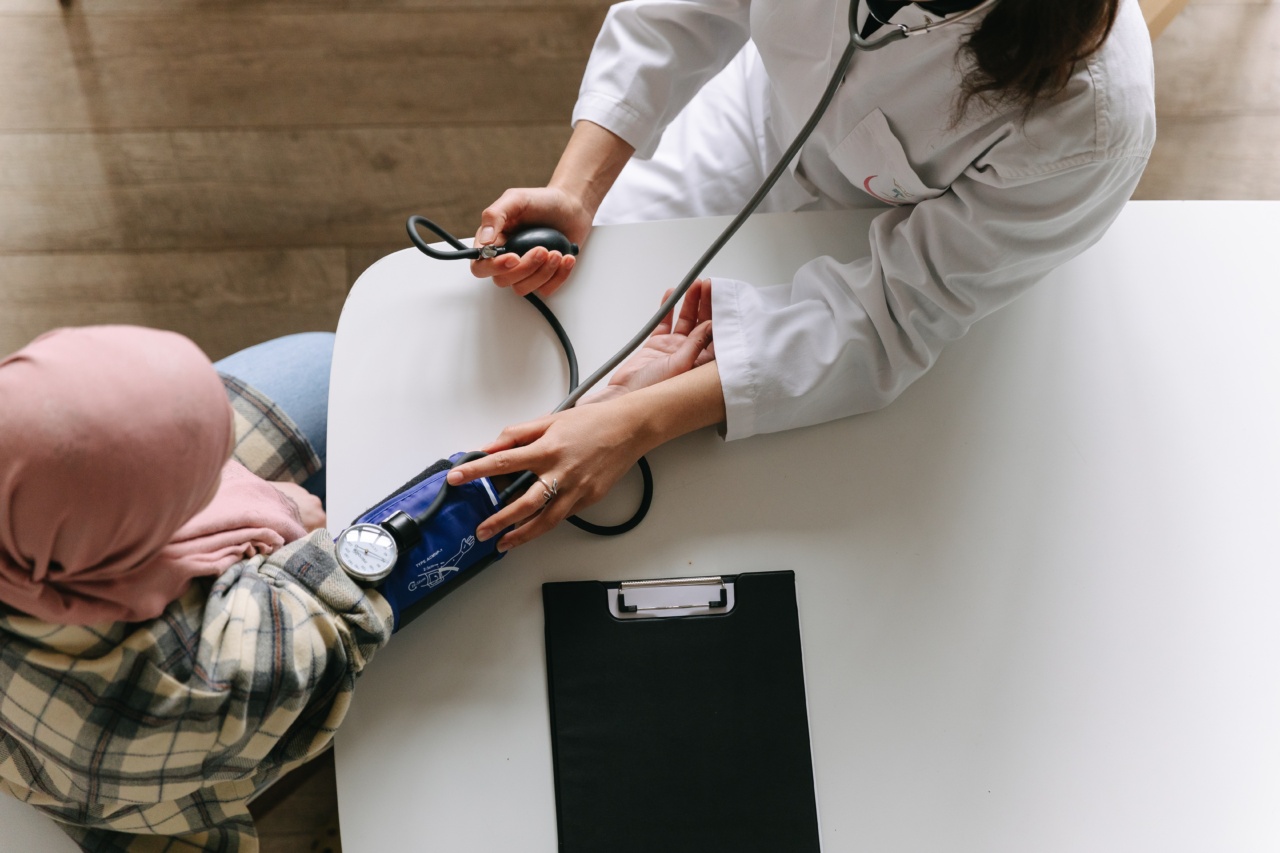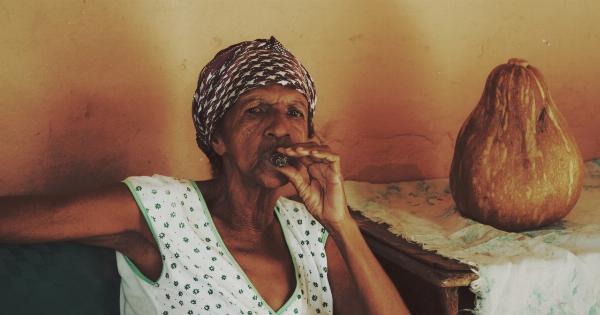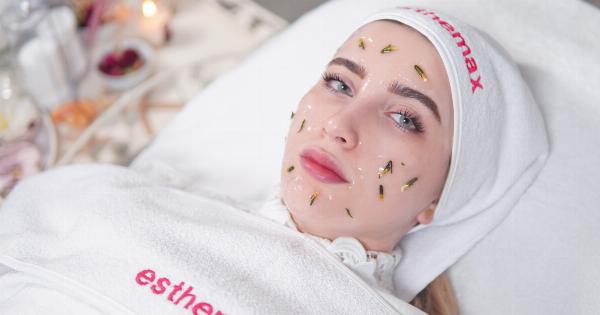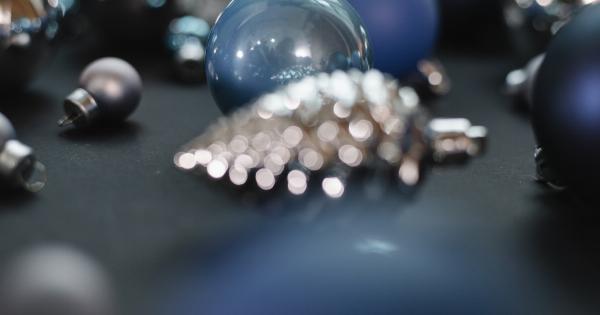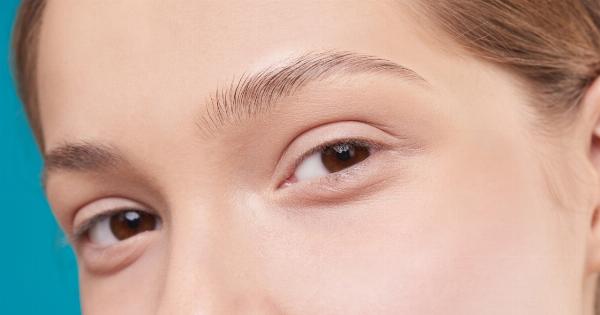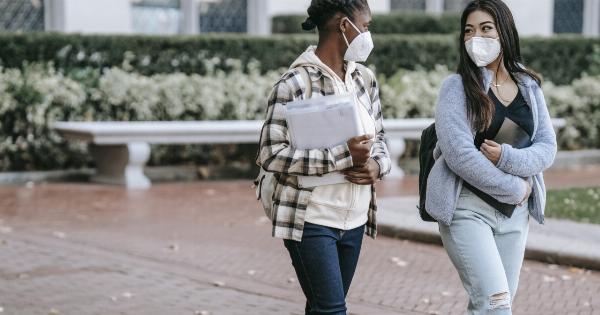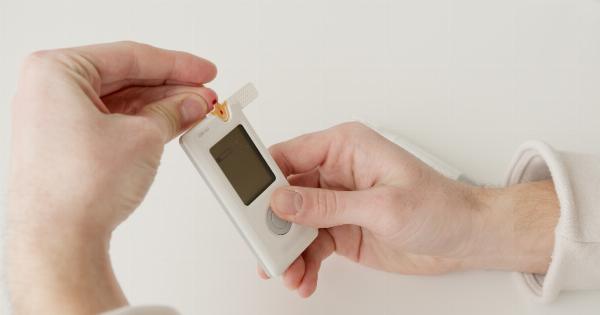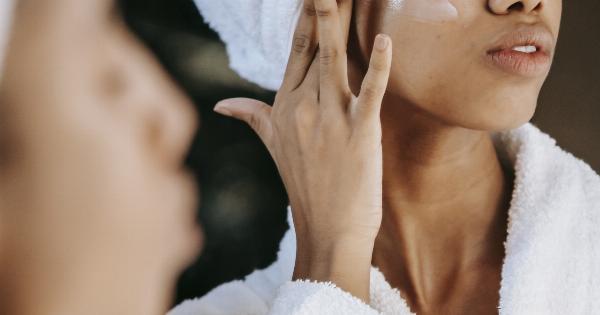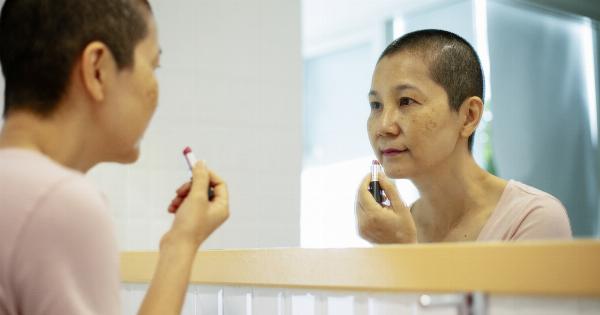Skin cancer is a common type of cancer in the United States. According to the American Cancer Society, it is estimated that there will be over 100,000 new cases of melanoma, the deadliest form of skin cancer, in 2021.
Luckily, skin cancer is highly treatable if detected early. That’s why it’s important to know how to check for skin cancer. Here is a step-by-step guide to checking for skin cancer:.
Step 1: Know Your Risk Factors for Skin Cancer
Before you start checking for skin cancer, it’s important to know your risk factors. Some of the risk factors for skin cancer include:.
- Fair skin, light hair, and light eyes
- A history of sunburns
- A family history of skin cancer
- A personal history of skin cancer
- Exposure to UV radiation, including tanning beds
If you have any of these risk factors, you may be at a higher risk of developing skin cancer and should be especially vigilant about checking your skin.
Step 2: Perform a Skin Self-Exam
The best way to check for skin cancer is to perform a skin self-exam. A skin self-exam is a simple and quick way to check your skin for any abnormalities or changes. Follow these steps to perform a skin self-exam:.
- Start by looking at your entire body in a well-lit room with a full-length mirror.
- Check your front, back, and sides. Don’t forget to check under your arms and between your fingers and toes.
- Use a hand mirror to check the back of your neck and scalp. For this step, you may need someone to help you.
- Sit down and check your legs and feet, including the soles and between your toes.
- Finally, use a hand mirror to check your genital area. This is especially important if you are a woman and have a history of melanoma.
Step 3: Look for the ABCDEs of Melanoma
As you’re performing your skin self-exam, look for the ABCDEs of melanoma:.
- Asymmetry: One half of the mole is different from the other half.
- Border: The edges of the mole are irregular or blurry.
- Color: The mole has different colors or shades.
- Diameter: The mole is larger than the eraser on a pencil.
- Evolving: The mole is changing in size, shape, or color.
If you notice any moles or spots that have any of these characteristics, make an appointment with a dermatologist for further evaluation.
Step 4: Check Your Skin Regularly
Performing a skin self-exam once is not enough to detect skin cancer early. You should check your skin regularly for any changes or abnormalities. The American Academy of Dermatology recommends checking your skin once a month.
Make it a part of your routine by checking your skin on the same day every month.
Step 5: Protect Your Skin from the Sun
Prevention is key when it comes to skin cancer. Protect your skin from the sun by:.
- Wearing protective clothing, including a wide-brimmed hat and sunglasses.
- Applying sunscreen with an SPF of 30 or higher every day, even on cloudy days.
- Avoiding the sun during peak hours (10 am to 4 pm).
- Avoiding tanning beds.
By protecting your skin from the sun, you can reduce your risk of developing skin cancer.
Conclusion
Checking for skin cancer is an important part of maintaining your overall health.
By knowing your risk factors, performing a skin self-exam, looking for the ABCDEs of melanoma, checking your skin regularly, and protecting your skin from the sun, you can detect skin cancer early and increase your chances of successful treatment.
